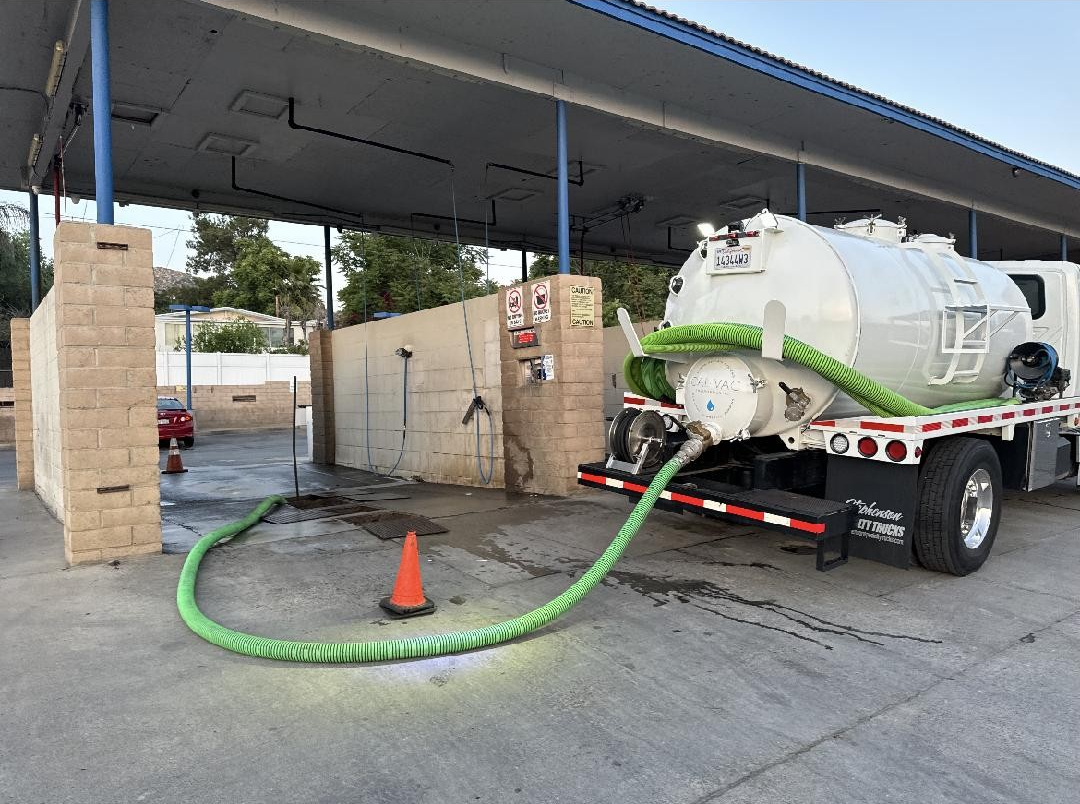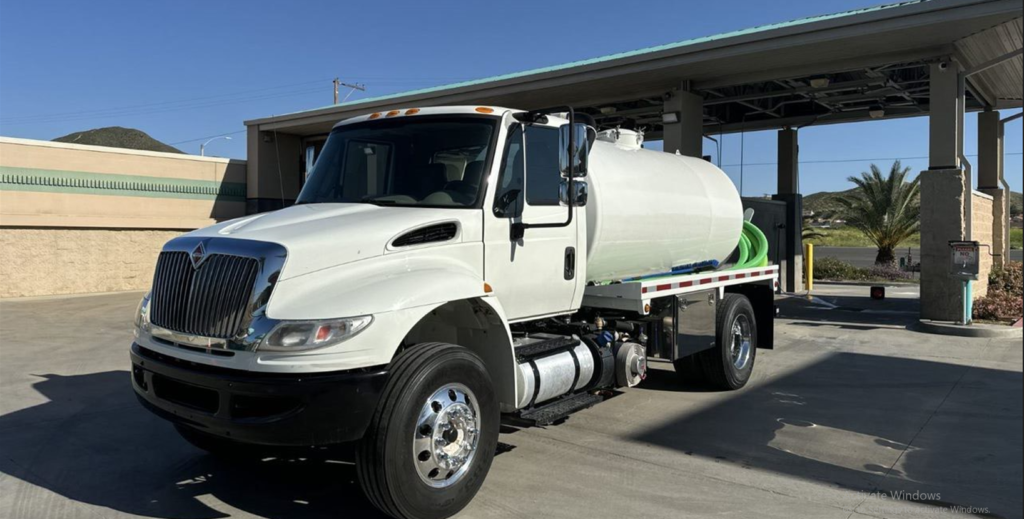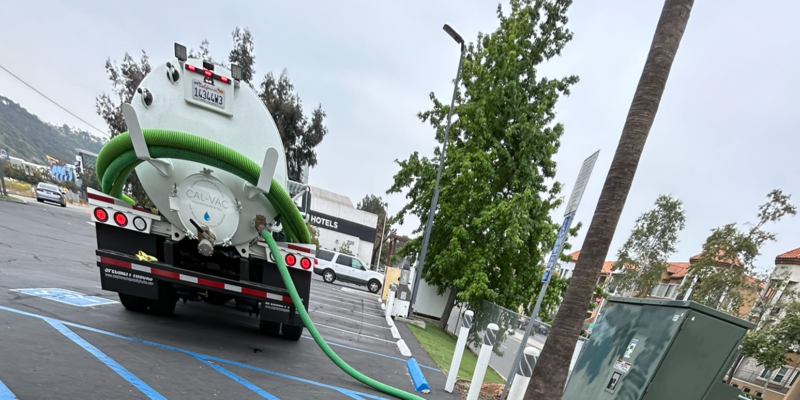Vacuum truck services play a crucial role in numerous industrial and commercial projects, particularly in Southern California’s thriving construction and infrastructure development sectors. These specialized vehicles are equipped with high-powered vacuum systems capable of efficiently removing various types of waste, debris, and liquids from diverse environments. Their versatility makes them essential for tasks such as cleaning storm drains, extracting sludge from industrial tanks, and excavating soil for utility line installation.
The vacuum truck industry has experienced significant technological advancements, resulting in improved efficiency, environmental sustainability, and cost-effectiveness. These trucks can handle both wet and dry materials, making them valuable assets across multiple industries. This article will examine various aspects of vacuum truck services, including their limitations, depth capabilities, applications specific to Southern California, technological innovations, safety considerations, and guidelines for selecting appropriate vacuum truck services for specific project requirements.
Key Takeaways
- Vacuum truck services are essential for various industrial and commercial applications, including waste removal, excavation, and cleaning.
- It is important to understand the limitations of vacuum trucks, including their capacity, reach, and ability to handle certain materials.
- Factors such as soil type, depth of excavation, and proximity to utilities can affect the depth of vacuum truck work.
- Vacuum truck services are widely used in Southern California for tasks such as hydro excavation, sewer cleaning, and spill cleanup.
- Innovations in vacuum truck technology, such as advanced filtration systems and remote operation capabilities, are improving efficiency and safety in the industry.
- Safety considerations for deep vacuum truck work include proper training, equipment maintenance, and adherence to OSHA regulations.
- When choosing vacuum truck services for a project in Southern California, it is important to consider factors such as experience, equipment capabilities, and safety record.
Understanding the Limitations of Vacuum Trucks
Reach and Depth Capabilities
One of the main limitations of vacuum trucks is their reach and depth capabilities. Most vacuum trucks have a maximum suction depth of around 28 feet, which means they may not be suitable for projects that require deeper excavation or cleaning.
Vacuum Tank Size and Capacity
The size and capacity of the vacuum tank will determine how much material the truck can remove before needing to be emptied, which can impact the efficiency and timeline of a project.
Type of Material and Specialized Handling
Another limitation to consider is the type of material that can be effectively removed by a vacuum truck. While these trucks are designed to handle a wide range of materials, including liquids, sludge, and solids, there are certain substances that may not be suitable for removal using a vacuum truck. For example, hazardous materials or highly corrosive substances may require specialized handling and disposal methods that are beyond the capabilities of a standard vacuum truck. Despite these limitations, vacuum trucks remain an essential tool for many different projects due to their versatility and efficiency. By understanding their limitations, project managers can better plan and execute their projects to ensure the successful and safe use of vacuum truck services.
Factors Affecting the Depth of Vacuum Truck Work

The depth capabilities of vacuum trucks are influenced by several factors that need to be taken into consideration when planning a project. One of the main factors affecting the depth of vacuum truck work is the type of soil or material being excavated. Different soil types have varying levels of density and moisture content, which can impact the effectiveness of the vacuum system in removing material from deeper depths.
Additionally, the presence of rocks, debris, or other obstacles in the soil can also affect the ability of a vacuum truck to reach deeper depths. Another factor to consider is the size and power of the vacuum system on the truck. Larger and more powerful vacuum systems are capable of reaching greater depths and removing larger volumes of material in a shorter amount of time.
The capacity of the vacuum tank will also impact the depth capabilities of the truck, as larger tanks can hold more material before needing to be emptied, allowing for deeper and more continuous excavation or cleaning. The depth capabilities of vacuum trucks can also be influenced by environmental factors such as weather conditions and access to the work site. Wet or muddy conditions can make it more difficult for a vacuum truck to effectively remove material from deeper depths, while limited access to the work site may restrict the maneuverability and positioning of the truck for deep excavation.
By considering these factors, project managers can better assess the feasibility and limitations of using vacuum truck services for their specific project needs.
Applications of Vacuum Truck Services in So Cal
In Southern California, vacuum truck services are utilized in a wide range of applications across various industries. One common application is in the maintenance and cleaning of storm drains and sewer systems. With Southern California’s semi-arid climate and occasional heavy rainfall, storm drains can quickly become clogged with debris and sediment, leading to flooding and water damage.
Vacuum trucks are used to efficiently remove these blockages and ensure proper drainage during rainy seasons. Another key application of vacuum truck services in So Cal is in the industrial sector, where these trucks are used for cleaning out storage tanks, pits, and other containment areas. Industries such as oil and gas, manufacturing, and chemical processing rely on vacuum trucks to remove sludge, liquids, and other waste materials from their facilities in compliance with environmental regulations.
In addition to these applications, vacuum trucks are also used in construction and infrastructure projects for tasks such as excavating soil for utility line installation, removing construction debris, and cleaning up spills or accidents on job sites. The versatility and efficiency of vacuum trucks make them an essential resource for many different projects in Southern California.
Innovations in Vacuum Truck Technology
Advancements in technology have led to significant innovations in vacuum truck equipment and systems, making these services more efficient, environmentally friendly, and cost-effective. One major innovation is the development of high-powered vacuum systems that are capable of reaching greater depths and removing larger volumes of material in a shorter amount of time. These systems utilize advanced suction technology and filtration methods to effectively remove both wet and dry materials from various environments.
Another innovation in vacuum truck technology is the integration of remote monitoring and control systems. These systems allow operators to remotely monitor the performance and status of the vacuum truck in real-time, making it easier to optimize efficiency and address any issues that may arise during operation. Additionally, remote control systems enable operators to adjust suction power and other parameters from a safe distance, improving safety and productivity on job sites.
Environmental sustainability is also a key focus in vacuum truck technology innovations. Many modern vacuum trucks are equipped with advanced filtration and recycling systems that allow for the separation and reuse of recovered materials, reducing waste and minimizing environmental impact. These systems help ensure compliance with environmental regulations while also reducing disposal costs for project owners.
Overall, these technological innovations have significantly improved the capabilities and efficiency of vacuum truck services, making them an even more valuable resource for a wide range of projects in Southern California.
Safety Considerations for Deep Vacuum Truck Work

Choosing the Right Vacuum Truck Services for Your Project in So Cal
When it comes to choosing the right vacuum truck services for your project in Southern California, there are several key factors to consider. One important consideration is the experience and expertise of the service provider. Look for companies with a proven track record in providing vacuum truck services for projects similar to yours.
Experienced providers will have a thorough understanding of local regulations, industry best practices, and specific challenges related to working in Southern California. Another factor to consider is the range of services offered by the provider. Different projects may require specialized equipment or techniques beyond standard vacuum truck services.
Look for providers that offer a comprehensive suite of services such as hydro excavation, industrial cleaning, spill response, and hazardous waste removal to ensure all your project needs can be met by a single provider. Additionally, consider the equipment and technology used by the service provider. Modern vacuum trucks equipped with advanced suction systems, filtration technology, and remote monitoring capabilities offer greater efficiency, environmental sustainability, and safety benefits compared to older equipment.
Choosing a provider with state-of-the-art equipment can help ensure optimal performance and results for your project. Finally, consider the provider’s commitment to safety and environmental responsibility. Look for companies that prioritize worker safety through comprehensive training programs, strict adherence to safety protocols, and a strong safety record.
Environmental responsibility should also be a priority for service providers through proper waste disposal practices, recycling initiatives, and compliance with environmental regulations. By carefully evaluating these factors when choosing vacuum truck services for your project in Southern California, you can ensure that you select a reliable and capable partner that will deliver high-quality results while prioritizing safety and environmental stewardship. In conclusion, vacuum truck services play a crucial role in many different industries across Southern California by providing efficient and effective solutions for waste removal, excavation, cleaning, and maintenance tasks.
Understanding the limitations, depth capabilities, applications, technological innovations, safety considerations, and selection criteria for vacuum truck services is essential for successful project planning and execution. By leveraging the expertise of experienced service providers equipped with modern technology and a strong commitment to safety and environmental responsibility, project managers can confidently utilize vacuum truck services to achieve their project goals in Southern California’s dynamic environment.
FAQs
What is a vacuum truck?
A vacuum truck is a specialized vehicle equipped with a large vacuum pump used to suck up and transport various types of materials, such as liquids, sludge, and solids, from industrial, commercial, and municipal sites.
How deep can a vacuum truck work?
The depth at which a vacuum truck can effectively work depends on the specific model and capabilities of the equipment. However, many vacuum trucks are capable of working at depths of up to 28 feet or more.
What are the common applications for vacuum trucks?
Vacuum trucks are commonly used for a variety of applications, including cleaning and maintaining sewer lines, septic tanks, and storm drains, as well as removing and transporting hazardous and non-hazardous materials from industrial sites.
What are the benefits of using a vacuum truck for industrial and environmental services?
Using a vacuum truck for industrial and environmental services offers several benefits, including efficient and safe removal of various materials, reduced risk of contamination and environmental impact, and the ability to access and clean hard-to-reach areas.
What are the key factors to consider when choosing a vacuum truck for a specific job?
When choosing a vacuum truck for a specific job, it is important to consider factors such as the required depth of operation, the type and volume of materials to be removed, the accessibility of the site, and any specific regulations or environmental considerations.

